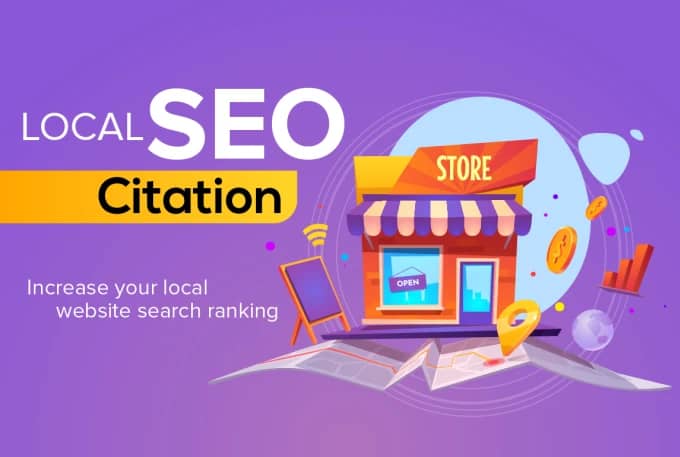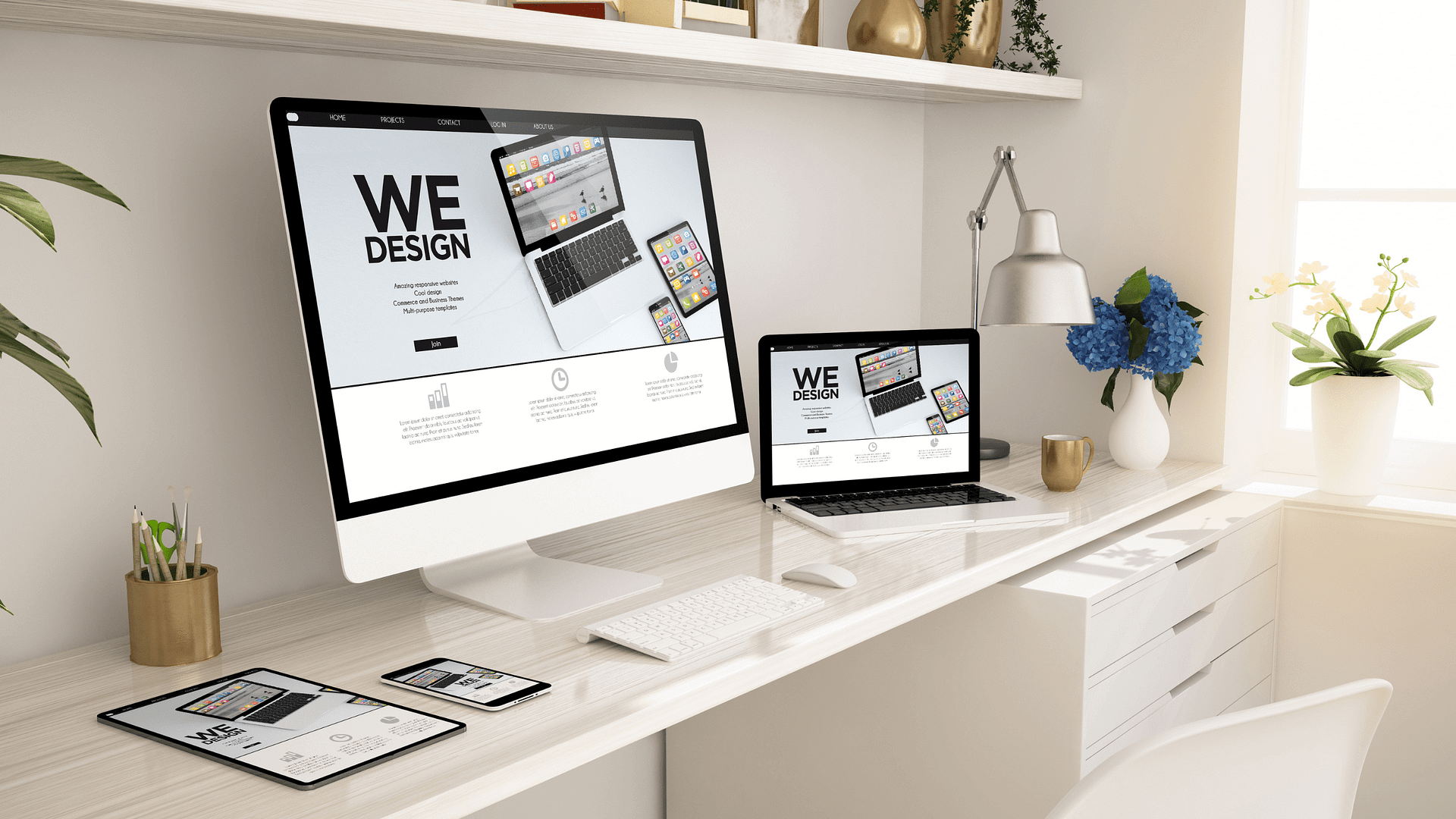Mobile Optimization for B2B Websites: Unlocking the Power of Mobile Traffic
In today’s fast-paced digital landscape, mobile devices have become an integral part of our lives. The increasing use of smartphones and tablets for business activities has made mobile optimization a crucial factor for B2B (Business-to-Business) websites. Mobile optimization goes beyond merely resizing a website to fit smaller screens; it involves creating a seamless and user-friendly experience for mobile users. In this article, we will explore the significance of mobile optimization for B2B websites and uncover the strategies to unlock the power of mobile traffic.
1. The Rise of Mobile Browsing in B2B
Mobile browsing has witnessed significant growth in recent years, even in the B2B sector. B2B decision-makers and professionals now frequently use their mobile devices to research products, access business information, and make purchase decisions on the go. Ignoring the mobile audience can lead to missed opportunities and a potential loss of valuable leads.
2. Responsive Web Design
One of the fundamental aspects of mobile optimization is responsive web design. A responsive B2B website automatically adapts to different screen sizes and resolutions, ensuring that the content and layout remain consistent and easily accessible across all devices. This approach eliminates the need for creating separate mobile versions of the site, streamlining maintenance and enhancing user experience.
3. Fast Loading Speeds
Mobile users are often on the move and have limited time to wait for a website to load. Slow loading speeds can lead to frustration and high bounce rates. Mobile optimization focuses on minimizing load times through techniques like image compression, browser caching, and code optimization, delivering a seamless and efficient browsing experience.
4. Mobile-Friendly Navigation
Navigating a website on a small mobile screen can be challenging if not optimized correctly. Mobile-friendly navigation involves creating clear and intuitive menus, prominent call-to-action buttons, and a well-organized layout. User-friendly navigation ensures that visitors can easily find the information they need and take desired actions without any obstacles.
5. Streamlined Content for Mobile
Content is king, even on mobile devices. However, the challenge lies in presenting the content in a concise and easily digestible format. Mobile optimization involves streamlining content to fit smaller screens while retaining its value and impact. Utilizing bullet points, headings, and short paragraphs can improve readability and engagement for mobile users.
6. Thumb-Friendly Design
Considering the natural way users hold and interact with their mobile devices, a thumb-friendly design becomes essential. Placing interactive elements, such as buttons and links, within easy reach of the user’s thumb enhances usability and reduces accidental clicks or taps.
7. Mobile Search Engine Optimization (SEO)
Mobile optimization also extends to SEO strategies tailored for mobile search. Mobile SEO involves optimizing meta tags, titles, and descriptions with mobile users in mind. Additionally, local SEO practices are vital for B2B companies targeting specific geographic regions, as mobile users often search for nearby solutions while on the move.
8. Cross-Device Compatibility
Mobile optimization should not be limited to smartphones alone. B2B websites must be compatible with various mobile devices, including tablets and other mobile gadgets. Ensuring a seamless experience across different devices enhances accessibility and increases the potential audience reach.
9. Regular Testing and Updates
Mobile optimization is an ongoing process. Regular testing on various mobile devices and operating systems helps identify any issues and provides insights into user behavior. Continuously updating and refining the mobile experience based on user feedback and analytics can lead to continual improvements.
Conclusion
Mobile optimization is no longer an option; it is a necessity for B2B websites to stay competitive in the digital landscape. Embracing responsive design, fast loading speeds, mobile-friendly navigation, and streamlined content ensures that your B2B website provides a positive user experience on any device. By unlocking the power of mobile traffic, B2B companies can effectively engage with their audience, generate more leads, and stay ahead in the ever-evolving world of digital business.
Mobile-Friendly B2B Websites: Ensuring Success in a Mobile-First World
The majority of online users are browsing the web on their mobile devices. For B2B (Business-to-Business) companies, this means adapting to the mobile-first reality is no longer optional but essential for success. Mobile-friendly B2B websites are crucial in providing an optimal user experience, reaching a broader audience, and staying ahead of the competition. In this article, we will explore the importance of mobile-friendly B2B websites and the strategies to ensure they are effective in today’s mobile-centric world.
1. The Significance of Mobile-Friendly B2B Websites
With more professionals relying on smartphones and tablets for work-related tasks, a mobile-friendly website has become a key driver of business success. B2B decision-makers frequently access websites on the go, and a seamless mobile experience is vital to keep them engaged and interested in your offerings.
2. Responsive Web Design for B2B Websites
Responsive web design is the foundation of a mobile-friendly B2B website. This design approach ensures that the site automatically adjusts its layout and content to fit various screen sizes, from large desktop monitors to small smartphone displays. By adopting a responsive design, B2B companies can deliver a consistent and optimized user experience across all devices.
3. Improved User Experience
A mobile-friendly B2B website enhances user experience significantly. Visitors can easily navigate through the site, access essential information, and interact with the content without having to pinch or zoom. Intuitive navigation, clear calls-to-action, and fast-loading pages contribute to a positive user experience that can lead to increased engagement and conversions.
4. Enhanced Search Engine Visibility
Mobile-friendliness is a crucial factor in search engine rankings. Search engines, like Google, prioritize mobile-friendly websites in their results, especially for searches conducted on mobile devices. By optimizing your B2B website for mobile, you can improve its visibility and attract more organic traffic.
5. Faster Page Load Times
Mobile users expect websites to load quickly. A mobile-friendly B2B website is designed with performance in mind, employing techniques like image optimization and browser caching to reduce loading times. Faster page loads not only improve user experience but also reduce bounce rates and increase the likelihood of lead generation.
6. Accessibility and Inclusivity
Mobile-friendly websites cater to a broader audience, including individuals with disabilities who may rely on mobile devices with assistive technologies. By ensuring accessibility, B2B companies demonstrate inclusivity and make their content available to all potential customers.
7. Thumb-Friendly Interaction
Mobile-friendly design takes into account how users interact with their devices using their thumbs. Placing essential elements, such as navigation menus and call-to-action buttons, within easy reach of the user’s thumb improves usability and encourages engagement.
8. Consistent Brand Experience
In today’s multi-device world, maintaining a consistent brand experience is vital. A mobile-friendly B2B website ensures that your brand message, visual identity, and content remain consistent across all devices, reinforcing your brand’s credibility and recognition.
9. Adapting to Changing Customer Behavior
As customer behavior evolves, businesses must adapt to stay relevant. Embracing mobile-friendliness not only addresses current customer preferences but also positions your B2B company to meet the demands of future trends and technologies.
Conclusion
In conclusion, having a mobile-friendly B2B website is no longer a choice but a necessity in today’s mobile-first world. By adopting responsive web design, enhancing user experience, and optimizing for speed and accessibility, B2B companies can unlock the full potential of mobile traffic. A mobile-friendly approach not only increases visibility and engagement but also positions businesses to thrive in an ever-changing digital landscape. Embrace mobile-friendliness, and your B2B website will be poised for success in the mobile-centric world of business.










